Nature Religions: Books
Further resources, if available, can be found in our full bibliography.
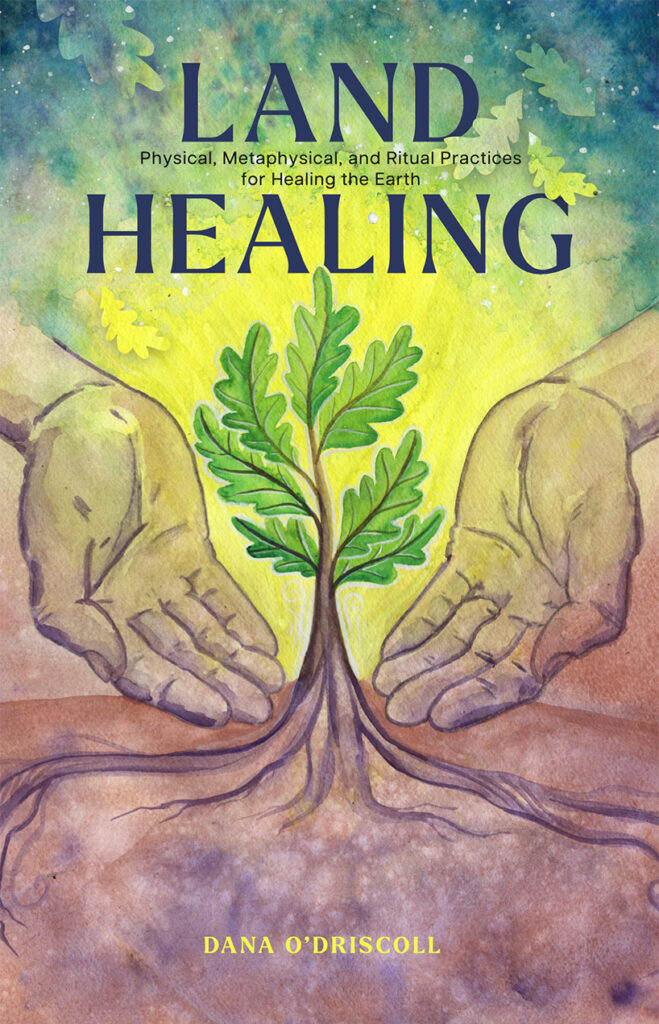
Land Healing: Physical, Metaphysical, and Ritual Approaches for Healing the Earth
Dana O’Driscoll
REDFeather
2024
A wide range of both physical and metaphysical land healing approaches to help address the environmental challenges the Earth faces and create a brighter future. This comprehensive guide to land healing for neopagans and Earth-based spiritual practitioners allows those who have a desire to regenerate and heal human-caused damage throughout the world to make a difference. This book provides tools and information to take up the path of the land healer with care, reverence, and respect to all beings. It uses a flexible framework that allows one to address any land-healing situation. A framework that includes physical land healing, such as gardening, permaculture practices, creating refugia, and wild tending, as well as metaphysical healing techniques such as rituals, prayers, ceremonies, energetic healing, palliative care, meditations, psychopomp work, and much more. Land Healing also teaches the process of witnessing and deep listening and spiritual self-care, as well as how to create an Earth healer’s crane bag. Address the challenges of the present age and learn ways to heal the Earth to bring forth a brighter tomorrow.
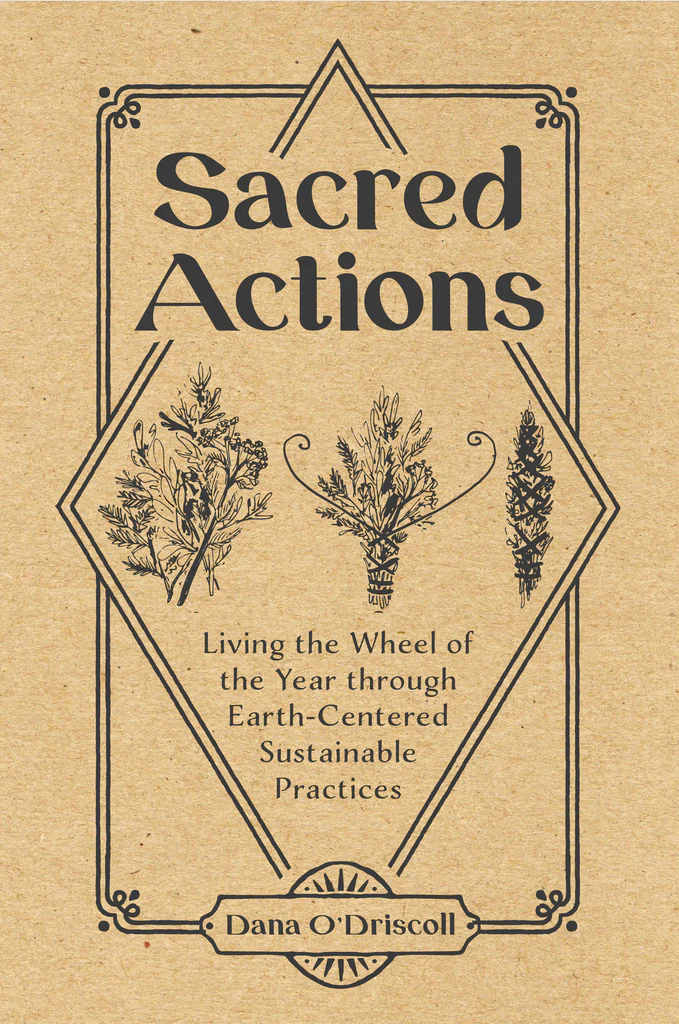
Sacred Actions: Living the Wheel of the Year Through Earth-Centered Sustainable Practices
Dana O’Driscoll
Schiffer
2021
Sacred Actions introduces neopagans and those following Earth-based spiritual paths to sustainable living practices. A challenge that many pagans and Earth-based spiritual practitioners face is how to integrate sustainable living with their everyday lives. By offering a vision of “sacred actions,” or the integration of sustainable living with Earth-based spirituality, learn how to combine the three ethics—people care, Earth care, and fair share—to execute comprehensive sustainable living through the lens of paganism. Find a wide variety of accessible sustainable-living activities, rituals, stories, and tools framed through the neopaganism eightfold Wheel of the Year. Each chapter is tied to one of the eight holidays, offering specific themes that deepen topics, including home and hEarth, lawns and gardens, food and nourishment, ritual items and offerings, reducing waste and addressing materialism, and much more. Sacred Actions may be considered a manual of personal empowerment through sustainability as a spiritual practice.
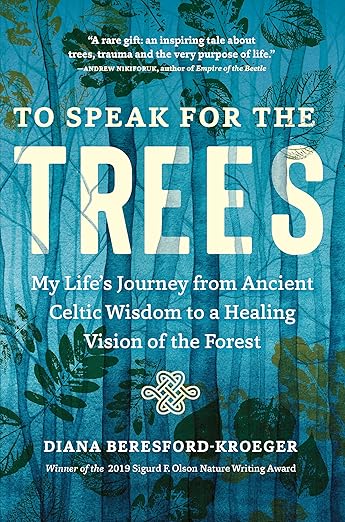
To Speak for the Trees: My Life's Journey from Ancient Celtic Wisdom to a Healing Vision of the Forest
Diana Beresford-Kroeger
Random House Canada
2019
When Diana Beresford-Kroeger—whose father was a member of the Anglo-Irish aristocracy and whose mother was an O’Donoghue, one of the stronghold families who carried on the ancient Celtic traditions—was orphaned as a child, she could have been sent to the Magdalene Laundries. Instead, the O’Donoghue elders, most of them scholars and freehold farmers in the Lisheens valley in County Cork, took her under their wing. Diana became the last ward under the Brehon Law. Over the course of three summers, she was taught the ways of the Celtic triad of mind, body and soul. This included the philosophy of healing, the laws of the trees, Brehon wisdom and the Ogham alphabet, all of it rooted in a vision of nature that saw trees and forests as fundamental to human survival and spirituality. Already a precociously gifted scholar, Diana found that her grounding in the ancient ways led her to fresh scientific concepts. Out of that huge and holistic vision have come the observations that put her at the forefront of her field: the discovery of mother trees at the heart of a forest; the fact that trees are a living library, have a chemical language and communicate in a quantum world; the major idea that trees heal living creatures through the aerosols they release and that they carry a great wealth of natural antibiotics and other healing substances; and, perhaps most significantly, that planting trees can actively regulate the atmosphere and the oceans, and even stabilize our climate. This book is not only the story of a remarkable scientist and her ideas, it harvests all of her powerful knowledge about why trees matter, and why trees are a viable, achievable solution to climate change. Diana eloquently shows us that if we can understand the intricate ways in which the health and welfare of every living creature is connected to the global forest, and strengthen those connections, we will still have time to mend the self-destructive ways that are leading to drastic fires, droughts and floods.
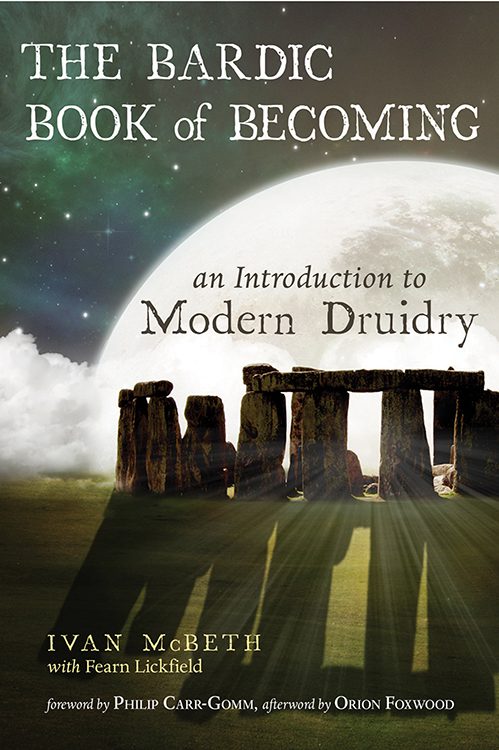
The Bardic Book of Becoming: An Introduction to Modern Druidry
Ivan McBeth, Fearn Lickfield
Weiser Books
2018
The Bardic Book of Becoming is a warm, user-friendly, eclectic introduction to modern Druidry that invites readers to take the first steps into the realms of magic and mystery. In this book they will be introduced to the various techniques and practices of a Druid in training. Written by Ivan McBeth, the cofounder of Vermont’s Green Mountain School of Druidry, the book incorporates lessons, visualizations, rituals, and magical stories. Many different activities and exercises are included that provide the reader with hands-on learning. Ivan also provides personal stories that demonstrate his own journey from spiritual seeker to Druid. The volume is divided into two parts: The Spirit of You and The Spirit of Gaia. The foreword is provided by Philip Carr-Gomm, the Chief of the Order of Bards, Ovates and Druids in the UK.
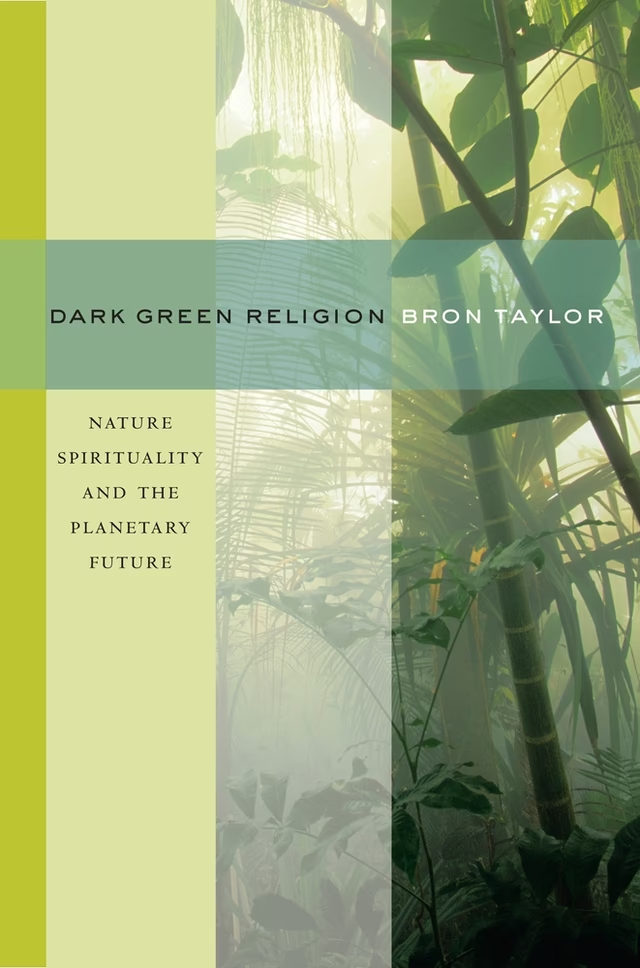
Dark Green Religion: Nature Spirituality and the Planetary Future
Bron Taylor
University of California Press
2010
Bron Taylor’s work explores the emergence of “green religions” across North America and beyond, where nature is revered as sacred, often supplanting traditional religious beliefs. From radical environmental activists to eco-psychologists, Taylor delves into diverse groups with environmentally motivated spiritual practices. He grapples with the paradox of how these movements can be religious despite rejecting conventional supernatural worldviews. Through a global lens, Taylor highlights both the profound passion and potential pitfalls of this phenomenon, inviting readers to assess its role in a transformative religious landscape.
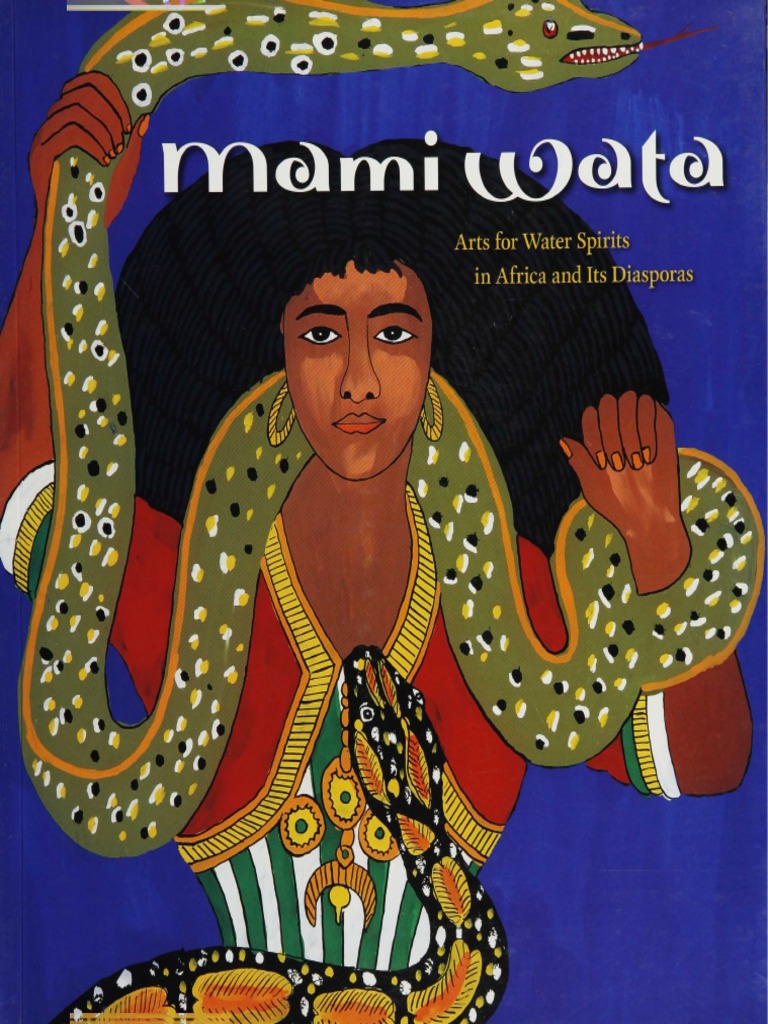
Mami Wata: Arts for Water Spirits in Africa and Its Diasporas
Henry John Drewal
Fowler Museum at UCLA
2008
This book traces the visual cultures and histories of Mami Wata and other African water divinities. Mami Wata, often portrayed with the head and torso of a woman and the tail of a fish, is at once beautiful, jealous, generous, seductive, and potentially deadly. A water spirit widely known across Africa and the African diaspora, her origins are said to lie “overseas,” although she has been thoroughly incorporated into local beliefs and practices. She can bring good fortune in the form of money, and her power increased between the fifteenth and twentieth centuries, the era of growing international trade between Africa and the rest of the world. Her name, which may be translated as “Mother Water” or “Mistress Water,” is pidgin English, a language developed to lubricate trade. Africans forcibly carried across the Atlantic as part of that “trade” brought with them their beliefs and practices honoring Mami Wata and other ancestral deities. Read about the exhibit that inspired this book here.
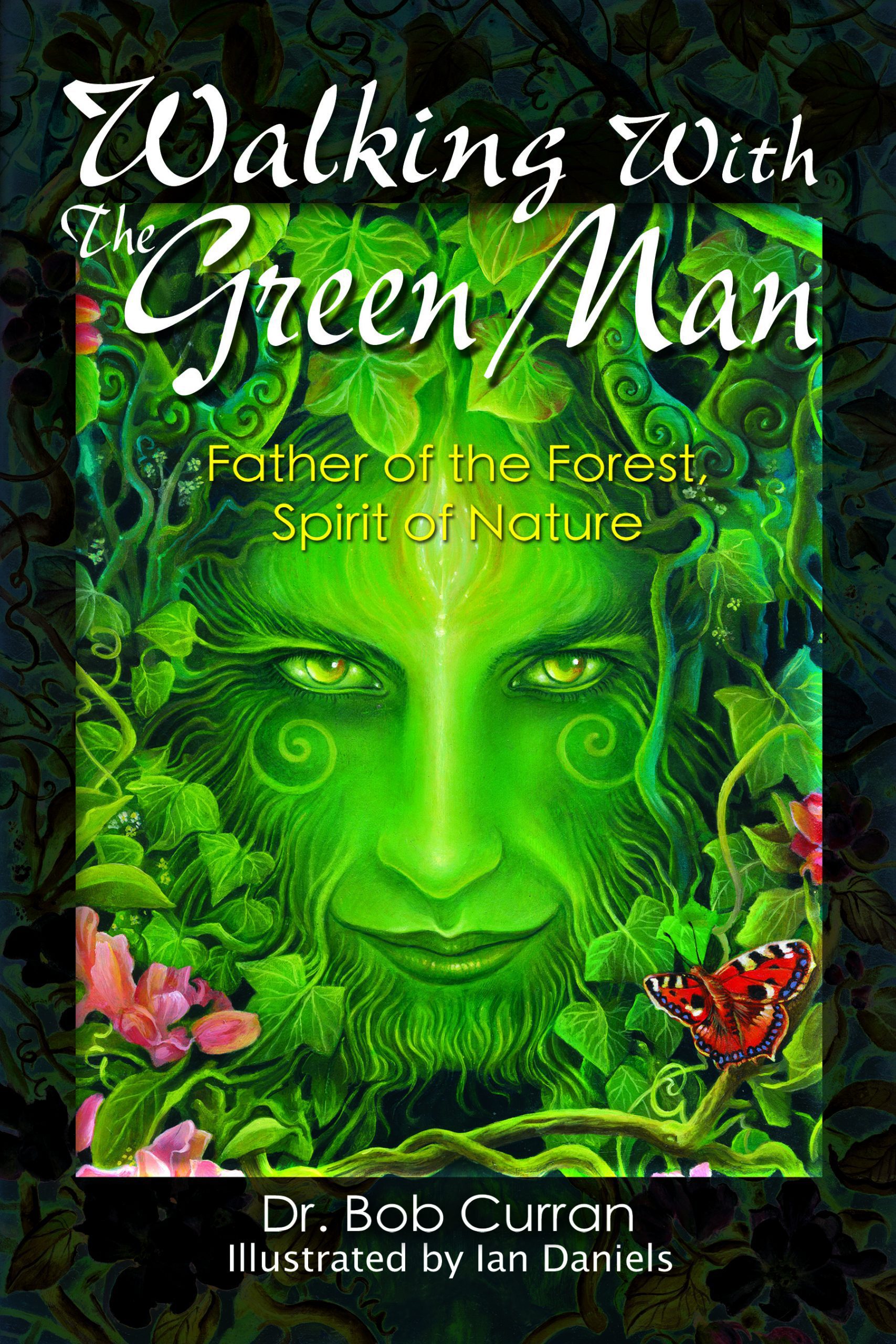
Almost since the dawn of time, the image of the Green Man—the carven enigmatic head surrounded by leaves and foliage—has both intrigued and mystified viewers and folklorists alike. Appearing in churches, taverns, and even on stately buildings, the carving seems shrouded in supernatural obscurity. Bob Curran traces the many strands that make up this enigmatic image. Tracing its origins from prehistoric times, he explores its significance in the medieval world and discusses its development in the modern world. He also investigates the image’s psychological appeal, which has allowed it to continue down through the ages, and, pulling from a variety of sources, its impact upon other cultures in various parts of the world. From heroic archetypes such as Robin Hood to Demigods such as Herne the Hunter; from the King of the Woods to the Jack in the Green, Walking With the Green Man examines the interconnection of man and Nature throughout history. Whether as a man amongst the trees, a man of the trees, or a symbol of Nature used to express secrets and solidarity, the Green Man’s visage is traced throughout lands and cultures.
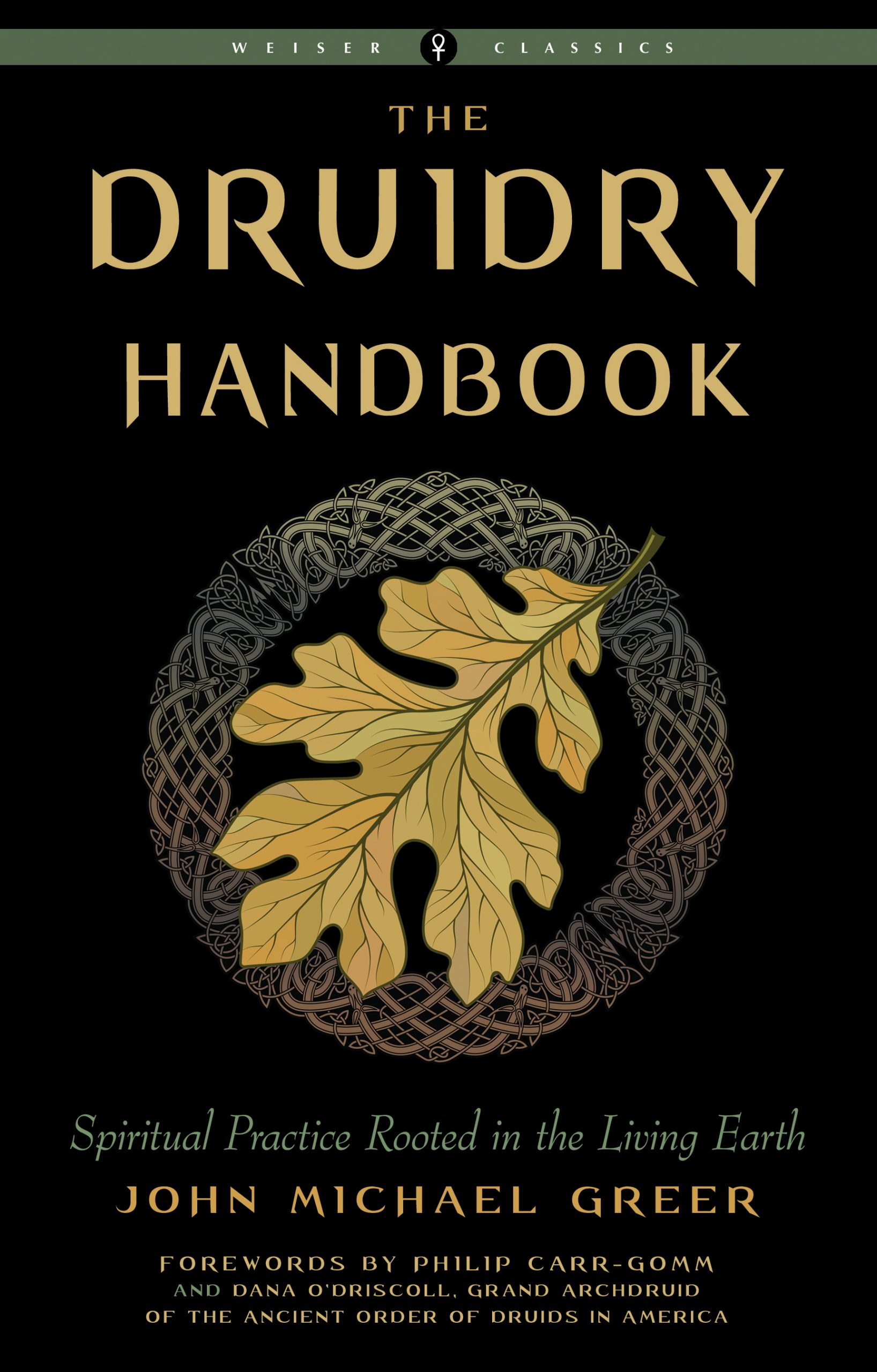
The Druidry Handbook: Spiritual Practice Rooted in the Living Earth
John Michael Greer
Weiser Books
2006
The Druidry Handbook is the first hands-on manual of traditional British Druid practice that explores the Sun Path of seasonal celebration, the Moon Path of meditation, and the Earth Path of living in harmony with nature as tools for crafting an Earth-honoring life here and now. From ritual and meditation to nature awareness and ecological action, John Michael Greer opens the door to a spirituality rooted in the living Earth. Featuring a mix of philosophy, rituals, spiritual practice, and lifestyle issues, The Druidry Handbook is an essential guide for those seriously interested in practicing a traditional form of druidry. It offers equal value to eclectics and solitary practitioners eager to incorporate more Earth-based spirituality into their own belief system.
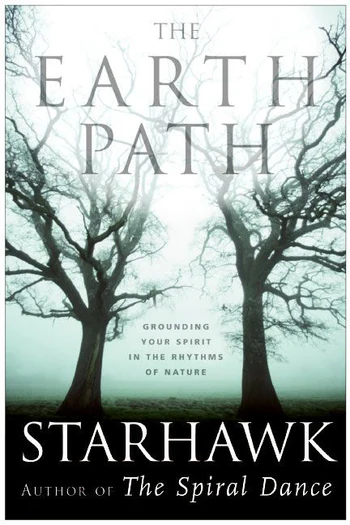
From the earliest times, respecting humanity’s interdependent relationship with nature has been the first step toward spirituality. Earth, air, fire and water are the four elements worshiped in many Indigenous cultures and celebrated in Earth-based spiritualities such as Wicca. In The Earth Path, Starhawk offers readers a primer on how to open readers’ eyes to the world around them, respect nature’s delicate balance, and draw upon its tremendous powers.
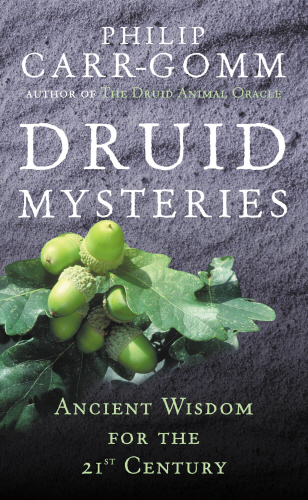
Originally published as The Elements of the Druid Tradition in 1991, in this guide, Chief Druid Philip Carr-Gomm shows how the way of Druids can be followed today. He explains the ancient history and inspiring beliefs of the ancient Druids; Druidic wild wisdom and their tree-, animal-, and herb-lore; the mysteries of the Druids’ seasonal celebrations; their use of magic; and how their spirituality relates to paths such as Wicca. This guide shows how the wild wisdom of the Druids can help readers to connect with their spirituality, innate creativity, the natural world, and a sense of ancestry.
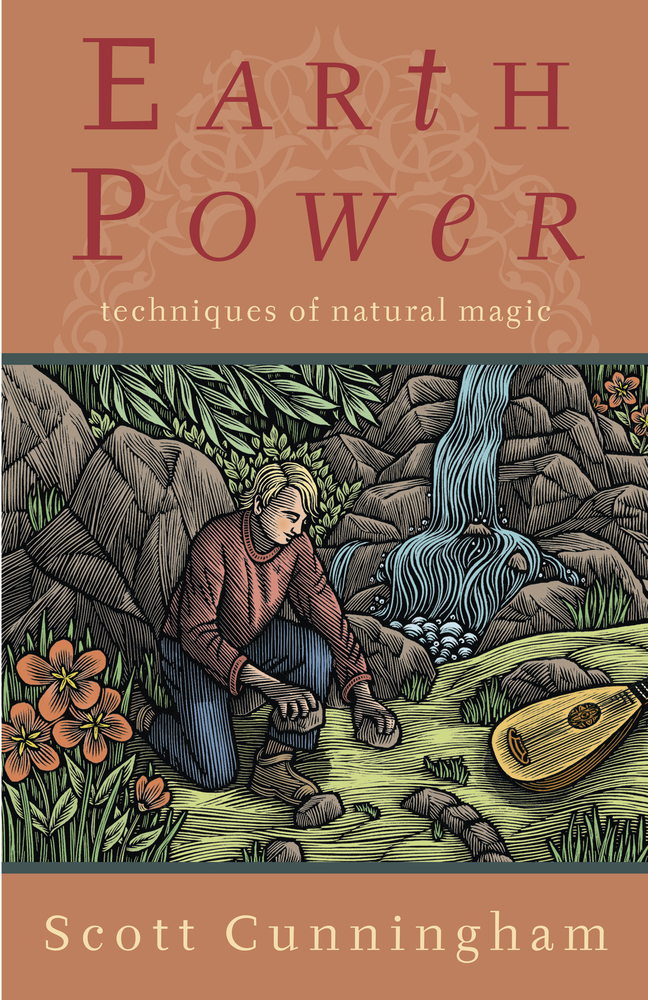
The ways of magic are revealed in nature: the secrets are written in meandering streams and drifting clouds, whispered by the roaring ocean and cooling breeze, echoed through caves and rocks and forests. When someone draws a heart in the sand, calls on the four winds for assistance, or asks the rain to wash away a bad habit, they are practicing Earth magic. By working in harmony with nature, people can transform themselves, their lives, and the world. This tried-and-true guide offers more than one hundred spells, rites, and simple rituals that readers can perform using the powerful energy of the Earth. The classic text was first published in 1983. See also Earth, Air, Fire, and Water: More Techniques of Natural Magic.
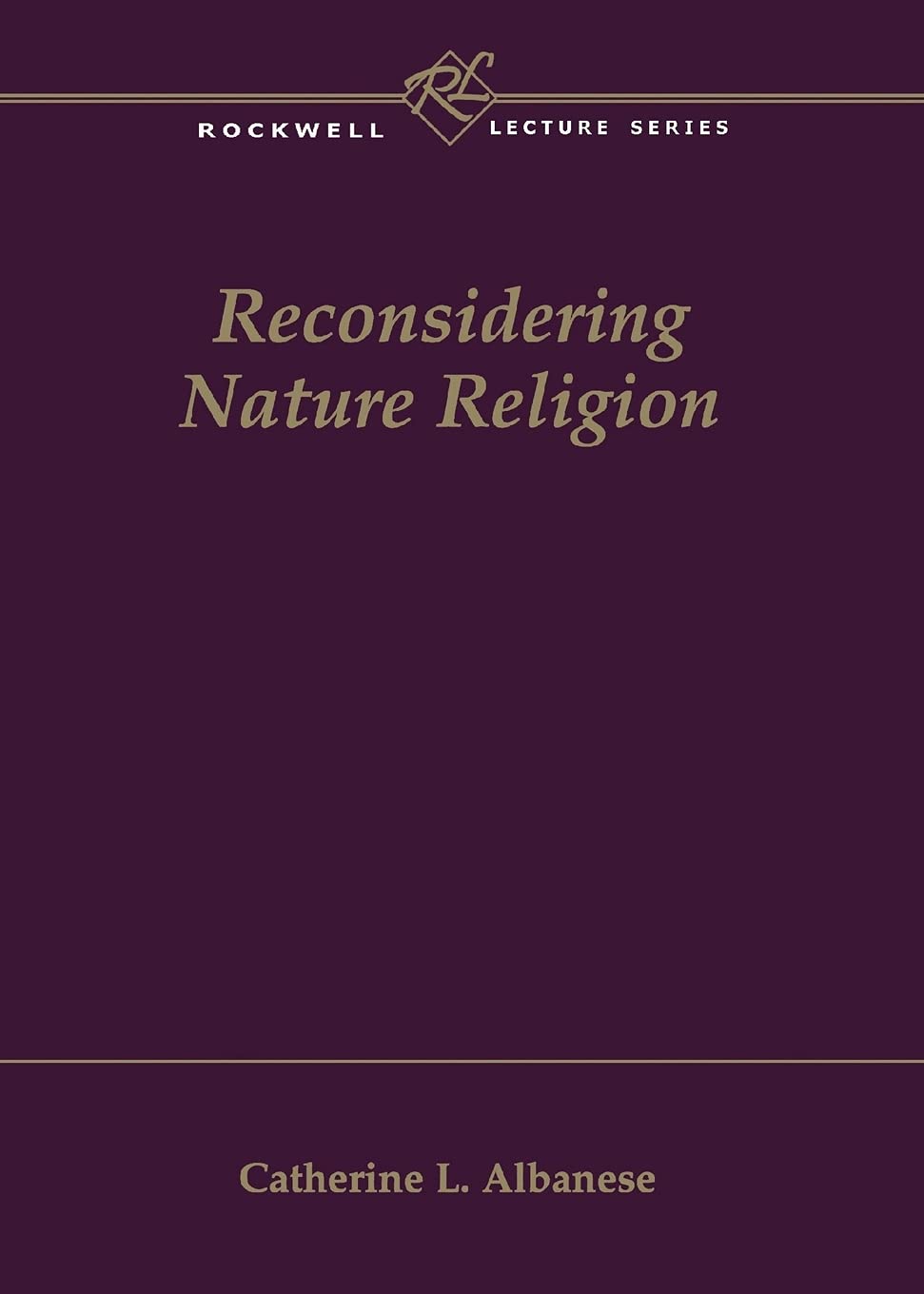
A rethinking of the concept and kinds of nature religion in the U.S. after over a decade since Nature Religion in America appeared. See also Nature Religion in America: From the Algonkian Indians to the New Age.
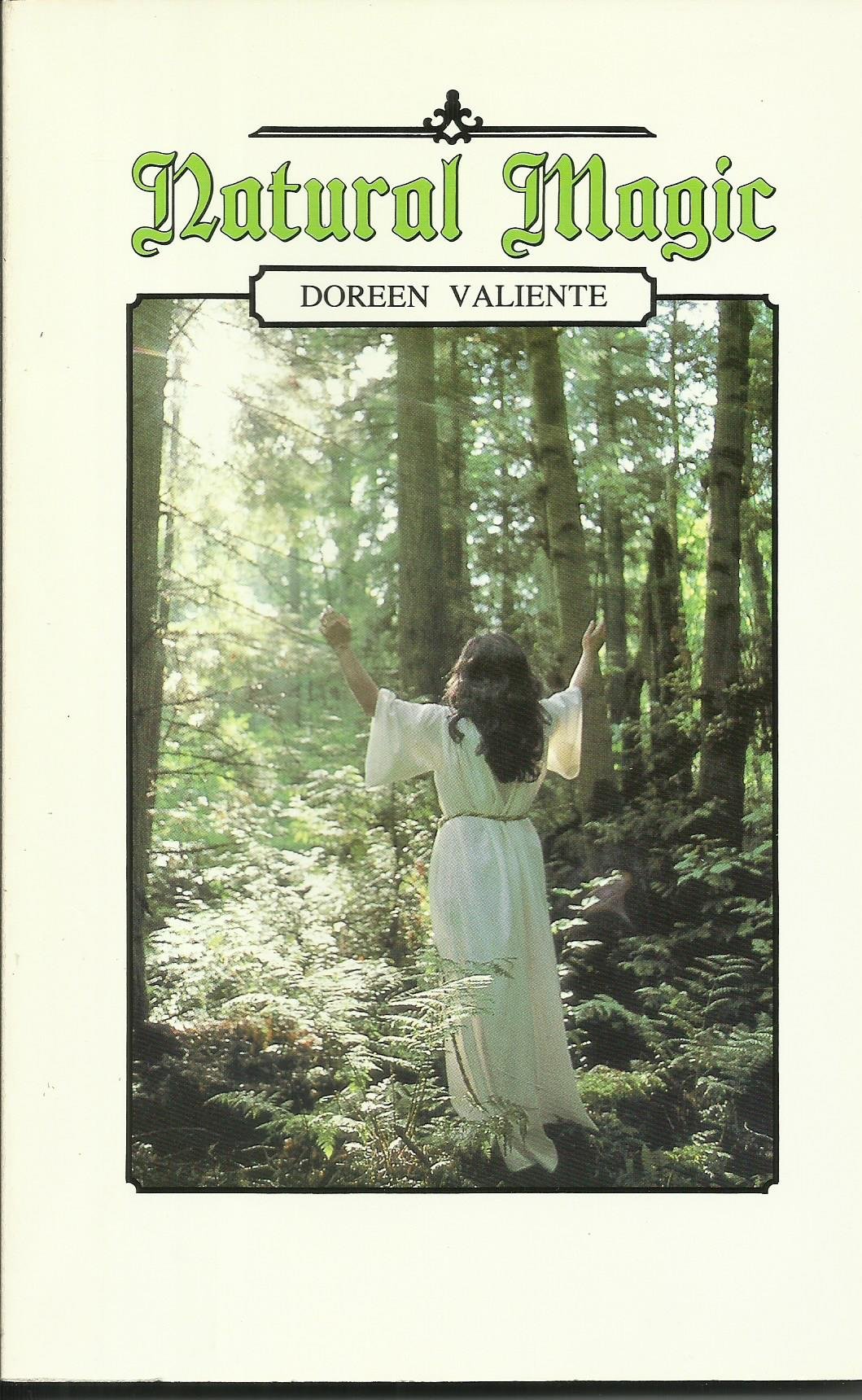
Magic is all arounds—in stones, flowers, stars, the dawn wind and the sunset cloud. All one needs is the ability to see it, understand it, and apply it. Natural Magic explains how to practice the age-old white magic that village wise women have used for centuries. It deals with the magic of herbs and flowers, of the four elements, of numbers and colors, amulets and talismans, how to read cards, how to interpret dreams, and much more.
Photo Credit: Salicrow